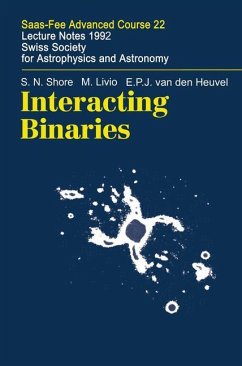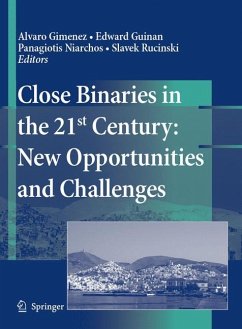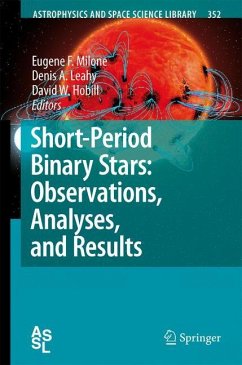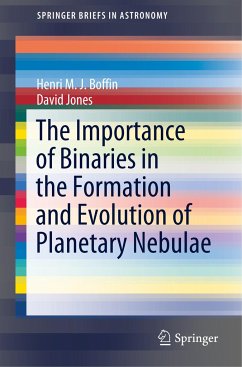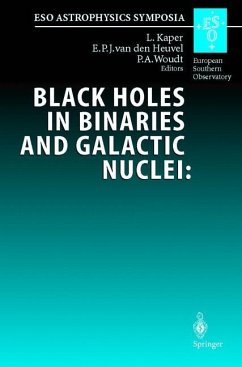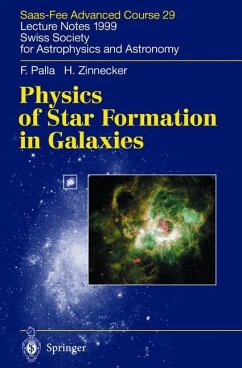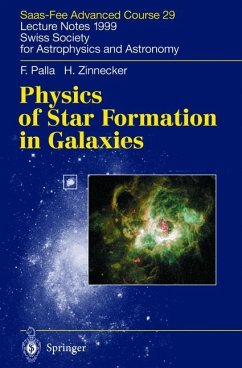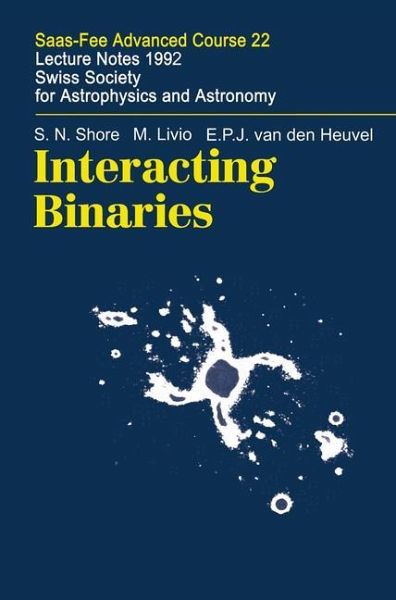
Interacting Binaries
Saas-Fee Advanced Course 22. Lecture Notes 1992. Swiss Society for Astrophysics and Astronomy
Herausgegeben: Nussbaumer, H.; Orr, Astrid
Versandkostenfrei!
Versandfertig in 6-10 Tagen
76,99 €
inkl. MwSt.
Weitere Ausgaben:

PAYBACK Punkte
38 °P sammeln!
Observational and Theoretical Issues of Interacting Binaries was the topic of the 22nd Advanced Course of the Swiss Society for Astrophysics and Astronomy. It was the first time that binary systems were the center of attention of our course. The established concept and organisation of the Advanced Course has been retained: three scientists, all acknowledged experts in their respective fields, were each invited to give nine one-hour lectures within the period of a week. The Advanced Course took place from April 6 to 11, 1992, at Les Diablerets, a charming resort in the Swiss alps. The high leve...
Observational and Theoretical Issues of Interacting Binaries was the topic of the 22nd Advanced Course of the Swiss Society for Astrophysics and Astronomy. It was the first time that binary systems were the center of attention of our course. The established concept and organisation of the Advanced Course has been retained: three scientists, all acknowledged experts in their respective fields, were each invited to give nine one-hour lectures within the period of a week. The Advanced Course took place from April 6 to 11, 1992, at Les Diablerets, a charming resort in the Swiss alps. The high level of the lectures, the international background of the 65 participants, including many young students, and the beauty of the surroundings all contributed to the success of the course. The lecture notes of this course, the 22nd in our series, are also the third to be published by Springer-Verlag. Well over half of all stars seem to exist in binary systems. The study of binary evolution is therefore essential for our understanding of stellar evolution in general. The evolution of interacting binaries contains in itself many of the problems met in other fields of modern astrophysics. This is very apparent in these lecture notes.





